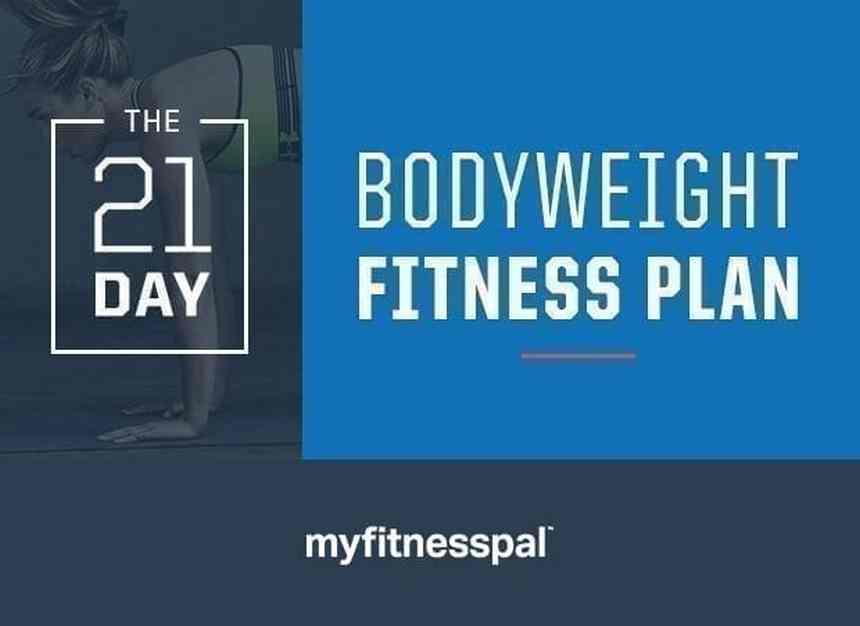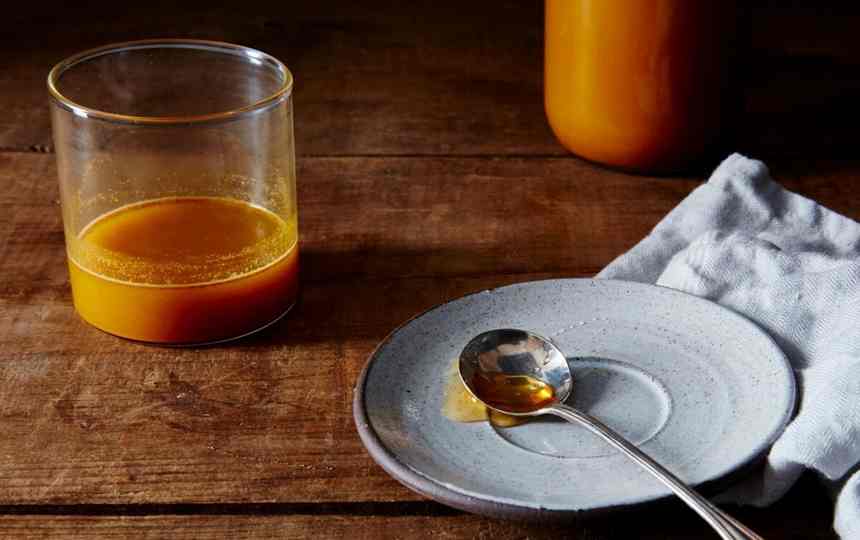It’s unfair, actually. Some folks can eat no matter they need and by no means acquire an inch — whereas for the remainder of us, yesterday’s Chipotle looks like the explanation our pants don’t match immediately.
The issue isn’t nearly seems. Belly fats has been linked to a bunch of scary well being points, together with heart problems, kind 2 diabetes, and breast most cancers.
“It’s not solely an aesthetic situation,” Andy Bellatti, MS RD, says of stomach fats. “There are precise well being dangers concerned.”
Why accomplish that many people carry our excesses round our stomach?
The reply entails your metabolism, which determines what number of energy are an excessive amount of, your hormones, which steer fats the place they really feel match, and your genes. Studying how these elements mix to show meals into stomach fats may help you stress much less about your weight — and really feel extra in management everytime you attempt to lose fats.
Metabolism and Weight Acquire: It’s Not What You Could Assume
Weight acquire is the results of a easy situation: You’re consuming extra energy than your physique burns all through the day. Earlier than we go on, it’s essential to know this: the variety of energy your physique burns per day is just mildly impacted by the quantity of train you carry out.
Most of your calorie burn outcomes out of your basal metabolic fee (or BMR). That is the vitality it takes in your physique to perform. The energy you burn are used to energy your coronary heart, mind, and each cell of your physique all day lengthy.

This, in fact, contains burning energy if you sleep. Your caloric burn solely drops about 5 % if you’re sleeping, which provides you an concept of how a lot vitality it takes to run the “machine” that’s your physique. This accounts for anyplace from 60 to 80 % of your metabolism.
The quantity you progress — together with train, strolling round, and even fidgeting — is about 10 to 30 % of your calorie burn. And, lastly, the vitality it takes to interrupt down and digest meals (generally known as the thermic impact of meals (or TEF) is about 10 % of your metabolism.
When the quantity of energy you eat surpasses the sum of these 3 calorie-burning mechanisms, then your physique then has two major choices of what to do with these energy: retailer them as lean mass like muscle or retailer it as fats.
In fact, if we might consciously management this course of, we’d all shout, “Decide muscle!” However, your physique wants a stimulus to ship these energy flowing into your weapons (or buns, or the a whole lot of different muscle mass in your physique). Examples of that stimulus embody — you guessed it — train.
“In case you are pushing your self with weight-bearing train, your muscle mass will want extra energy to develop. And the physique is aware of the place to ship these energy as a result of the muscle tissue wants restore,” Bellatti says.
”However, in the event you’re not difficult your muscle mass, then there’s no cue for the muscle mass to develop.”
No muscle stimulus? Then your physique then chooses possibility quantity two: fats storage. Precisely the place that fats goes relies upon largely on what’s taking place along with your genes and hormones.
Why Fats Goes to Your Stomach
We don’t get to select the place our fats goes. Whether or not we supply our weight extra in our decrease physique (the “pear form”) or round our stomach (the “apple form) relies upon to some extent on our heredity, which is one thing we will’t affect.

However, the opposite main determinant of fats storage — our hormones — is one thing you may affect to a sure diploma along with your life-style decisions. Two particularly key gamers within the manufacturing of stomach fats are insulin and cortisol.
“How we dwell our lives impacts these hormones, after which these hormones affect our capacity to retailer or launch fats,” says Mike Roussell, a nutritionist who holds a Ph.D. from Pennsylvania State College.
“Insulin is mainly like a bouncer. It kicks blood sugar out of the blood stream to get it again right down to a protected degree,” Roussell says. “So if you eat one thing like carbohydrates or sugar that rises, blood sugar rises, and insulin goes to shovel that sugar out of your bloodstream and it’ll put it into your fats cells.”
Now, that doesn’t imply that insulin is the reason for fats acquire (it’s been researched, and — up to now — that principle has not been supported). In spite of everything, insulin additionally performs a key position in storing energy as muscle.
Nonetheless, it does imply that in case your insulin is constantly elevated, which may very well be attributable to consuming sugar all day, each day, then that chronically elevated insulin can turn out to be a gateway to fats storage.
The important thing then isn’t worrying about each meals that triggers an insulin response (many do) however ensuring that your insulin ranges aren’t excessive always.
The opposite hormone, cortisol, is chargeable for your stress response. Its job is to arrange your physique for combat or flight by flooding it with sufficient glucose to energy your huge muscle mass.
The issue: Nervousness over work or a scarcity of sleep can trick your physique into pondering it’s in survival mode, triggering a cortisol launch. That results in even greater issues since cortisol has constantly been linked to stomach fats.
Gaining fats may be like compounding curiosity: you get deeper and deeper into the opening over time, and it turns into more durable to get out.
“As you get extra fats into your fats cells they usually get greater, it could possibly really trigger an inflammatory response,” Roussell says. “When your fats cell is in that confused scenario and infected, it’s not going to need to launch the fats.”
How To Restrict Fats Acquire
The 1st step in stopping stomach fats buildup is to take care of vitality steadiness, the place the energy you absorb are equal to the energy your physique makes use of throughout the day. Clearly, that is simpler stated than finished; if it have been so easy, then we wouldn’t have greater than a 3rd of U.S. residents qualifying as overweight. Listed below are 3 ways you will get began.
1. Select High quality Energy
Bellatti says you may make this activity lots much less daunting by consuming a weight-reduction plan wealthy in veggies, fruits, entire grains, and lean proteins, which won’t solely be extra fulfilling (due to the fiber, protein, and minerals in these meals), but additionally might be much less more likely to flip into stomach padding when your physique processes them.

“Let’s take two individuals who have a 1,500-calorie-per-day weight-reduction plan,” Bellatti says. “If a type of two has a weight-reduction plan that’s very excessive in refined grains and added sugar, low in fiber, and doesn’t actually embody good high quality proteins and fat, that’s going to be a weight-reduction plan that’s going to extend blood sugar extra. Extra insulin might be launched, and there might be extra of an opportunity of stomach fats being saved.”
As an added bonus, you’ll get much more bang in your buck if you go for entire meals over extra calorie-dense comfort objects. That’s a part of the explanation why Bellatti insists you shouldn’t purchase into these diets the place folks confirmed they’ll drop some pounds whereas consuming a number of McDonald’s, and even Twinkies.
“Are you able to drop some pounds consuming 1,500 energy of Haagen Dazs and McDonald’s? Yeah,” Bellatti says.
“However, one, it’s not wholesome and, two, it’s not a number of meals. For those who’re solely consuming 1,500 energy of ice cream, volume-wise that’s not a number of meals. You’d be ravenous.”
2. Management Your Cortisol
Assuming you’re not working from wild animals or doing the rest that might elicit a bona fide stress response, there are some things you try this ramp up your cortisol: drink caffeine, drink alcohol, freak out about work, and abuse sleep.
Caffeine creates a little bit of a conundrum on the weight-loss entrance. Whereas caffeine has been proven to have a minor calorie-burning impact, repeated doses of caffeine all through a day have been proven to raise cortisol ranges. The perfect strategy could also be to maintain your morning joe however cross on the afternoon pick-me-up.
Alcohol can encourage an uptick in cortisol, particularly when consumed in a big quantity over a brief timespan. A glass of wine with dinner might be okay, however rifling down six beers at comfortable hour is a foul concept.

In fact, stress itself can elicit the stress response. The excellent news is that the reply could also be proper beneath your nostril, in actual fact, it entails it.
Respiratory is without doubt one of the best and most accessible methods to cease stress and elicit a leisure response. Taking just a few, deep, managed breaths can flip your “combat or flight” into “relaxation and digest.”
So the subsequent time you discover your thoughts racing at work and really feel the necessity to hit the panic button, step away from the pc, discover a quiet place, and sit. Then spend 5 minutes doing stomach respiration.
3. Hit the Sack
Poor or inadequate sleep is one other issue that amps up cortisol manufacturing, in addition to the manufacturing of different hormones that may result in fats storage.
“Lack of sleep completely suggestions the hormonal steadiness to fats storage and fats cell irritation,” Roussell says. “Simply a few days of poor sleep — 4 hours or much less — modifications your hormones such that it makes launch of fats from fats cells way more tough and makes fats storage extra probably.”

In reality, one examine confirmed that even a single evening of sleep deprivation elevated folks’s ranges of ghrelin (aka the “starvation hormone”) whereas reducing leptin (a hormone that makes it simpler to say “I’m okay with out that donut, thanks”).
So bear in mind, sleep is much more than simply mendacity round. It’s an essential entrance in your slim-belly battle. Give it the time (which for many of adults is between seven and 9 hours) and a focus it deserves.









